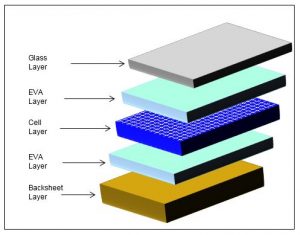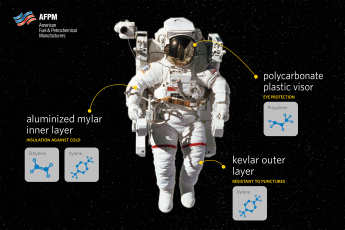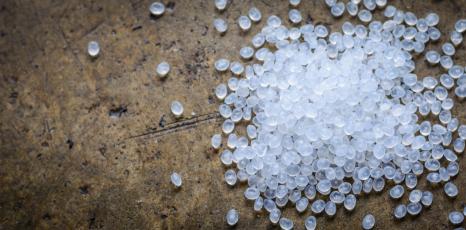Last week the Energy Information Administration (EIA) released its latest alternative energy update. Wind and solar power continue to lead this energy mix. If you pause for a minute, have you ever stopped to realize that petrochemical-derived materials are critical to the production of wind and solar energy? If not, you are not alone. The U.S. is one of the leading global producers of electricity from wind. This growing need for more wind turbines will increase demand for petrochemical-based products. As an example, some wind turbine blades use epoxy resin composites while others use polyester and vinyl ester resins derived from petrochemicals such as ethylene. The blades, which can be over 250 feet long, are fabricated in two halves and then bonded using over 900 pounds of epoxy or modified acrylic adhesive (made from petrochemicals such as propylene). The use of adhesives reduces concern over corrosion and decreases weight. In addition to the blades, wind turbine engine houses and rotor blades are produced using unsaturated polyester resins also developed from ethylene as the base petrochemical. On the solar energy front, petrochemical-based products are used to make solar panels that convert sunlight to energy through photovoltaic (PV) cells. PV devices contain silicon layers that turn solar radiation into direct current electricity. In order to make a solar panel, the silicon layers are sandwiched in between two panels, often made from the copolymer ethylene-vinyl acetate (made from the base petrochemical ethylene).  As you can see in the diagram above, the typical solar panel is composed of five layers: glass, EVA, electricity-generating cell, EVA and a backsheet made from polyester film. Other petrochemical-based products used include polyisobutylenes to seal the edges of glass and silicon structures and polyurethane to secure the framing of the PV and solar panels. When I think of the petrochemical industry, I think of the innovative and revolutionary role the industry plays on each of our daily lives. Without it, the wind and solar energy industry would be left in the dark.
As you can see in the diagram above, the typical solar panel is composed of five layers: glass, EVA, electricity-generating cell, EVA and a backsheet made from polyester film. Other petrochemical-based products used include polyisobutylenes to seal the edges of glass and silicon structures and polyurethane to secure the framing of the PV and solar panels. When I think of the petrochemical industry, I think of the innovative and revolutionary role the industry plays on each of our daily lives. Without it, the wind and solar energy industry would be left in the dark.


